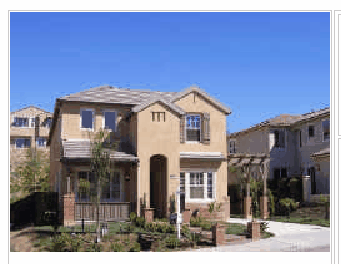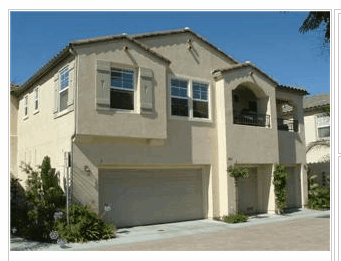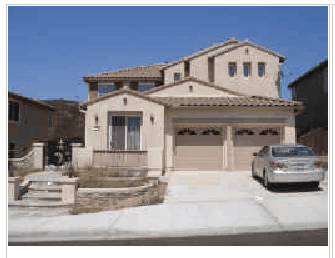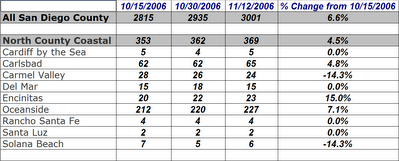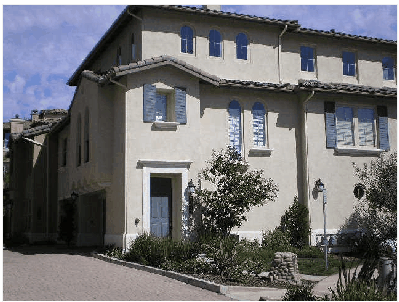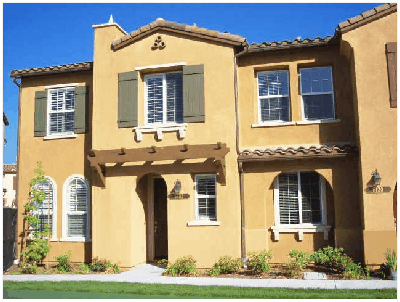Thursday, November 16, 2006
Wednesday, November 15, 2006
Southland home sales slow to ten-year low
"It's harder to buy a home if you think it might go down in value than it is if you're convinced it's going up. Buyers are taking their time, trying to wait out the uncertainty in a market that is rebalancing itself. Additionally, many potential buyers are in the move-up category, and they have their own home they need to sell," said Marshall Prentice, DataQuick president.
The median price paid for a Southland home was $484,000 last month, the same as in September. The median was up 2.3 percent from $473,000 for October a year ago. Year-over-year increases have been in the single digits for seven months and are expected to be slightly negative by the end of the year or early next year.
DataQuick, a subsidiary of Vancouver-based MacDonald Dettwiler and Associates, monitors real estate activity nationwide and provides information to consumers, educational institutions, public agencies, lending institutions, title companies and industry analysts.
The typical monthly mortgage payment that Southland buyers committed themselves to paying was $2,287 last month, down from $2,309 the previous month and up from $2,169 a year ago. Adjusted for inflation, current payments are 1.7 percent above typical payments in the spring of 1989, the peak of the prior real estate cycle. They are 6.4 percent below the current cycle's June peak.
Source: DQNews.com

Posted by Bob Flippa at 10:11 PM 1 comments
More fun for flippers in San Marcos
Posted by Bob Flippa at 10:03 PM 0 comments
Monday, November 13, 2006
Steep Increase in California Foreclosure Activity
La Jolla, CA.——Residential foreclosure activity in California surged to its highest level in more than four years last quarter, the result of slower home sales and flattening prices, a real estate information service reported.
Lending institutions sent 26,705 default notices to homeowners in the state during the three-month period ending in September. That was up 28.3 percent from 20,812 for the prior quarter, and up 111.8 percent from 12,606 for 2005's third quarter, according to DataQuick Information Systems.
Last quarter's number was the highest since first-quarter 2002 when 30,225 default notices were sent out. Foreclosure activity hit a low during the third quarter of 2004 when 12,145 default notices were recorded. Defaults peaked in first quarter 1996 at 59,897. DataQuick's default statistics go back to 1992. The quarterly average is 32,653.
"Foreclosures happen when people owe more on their property that the property is worth. When prices are going up fast, as they were last year and the year before, the number of homeowners in that situation steadily declines. When prices are flat, or going down, fewer homeowners in financial distress are able to use their homes to bail themselves out of trouble," said Marshall Prentice, DataQuick's president.
Statewide, the annual rate of home price increases hit a high of 22.8 percent during the second quarter of 2004. Since then, price appreciation has cooled, to 3.7 percent last quarter.
DataQuick, a subsidiary of Vancouver-based MacDonald Dettwiler and Associates, monitors real estate activity nationwide and provides information to consumers, educational institutions, public agencies, lending institutions, title companies and industry analysts.
Notices of Default are recorded at county recorders offices and mark the first step of the formal foreclosure process.
The median age of the home loans that went into default last quarter was 14 months, and more than half were originated in 2005.
On primary mortgages, homeowners were a median of five months behind on their payments when the lender started the default process. The borrowers owed a median $9,829 on a median $306,000 mortgage.
On lines of credit, homeowners were a median six months behind on their payments. Borrowers owed a median $3,200 on a median $60,000 credit line. However the amount of the credit line that was actually in use cannot be determined from public records.
On a loan-by-loan basis, mortgages were least likely to go into default in Marin, Napa and San Francisco counties. The likelihood was highest in Fresno, Merced and Riverside counties. Historically, the percentage of mortgages in default has been higher in lower-cost inland markets, DataQuick reported.
Most homeowners emerge from the foreclosure process by bringing their payments current, refinancing, or selling the home and paying off what they owe. Still, about 19 percent of homeowners who found themselves in default earlier in the year actually lost their homes to foreclosure in the third quarter. A year ago it was six percent.
Trustees deeds recorded on homes totaled 3,424 during the third quarter, up 76.9 percent from 1,936 for the previous quarter, and up 362.1 percent from 741 for last year's third quarter. Trustees deeds, or actual foreclosure sales, peaked at 14,896 in second-quarter 1997, and hit a low of 636 in the second quarter of last year.
There are 7.81 million houses and condos in the state.
While foreclosure properties tugged property values down by almost 10 percent in some areas nine years ago, the effect on today's market is negligible, DataQuick reported.
Posted by Bob Flippa at 9:30 PM 2 comments
Sunday, November 12, 2006
Flippers be careful of lead paint and zoning issues
Folks it is important that when you are flipping a home, that you make sure it is compliant with building regulations. There are some simple things you can do to ensure that the new home you purchased meets the new specs.
1. Ensure that all zoning is up to date with the city
2. Ensure home-additions are permitted
3. Ensure that homes built prior to the 1980s do not contain lead paint. Purchase of home lead testing kit to be used on house paint and house hold objects. However, the testing kit can underestimate the amount of lead present. So you may want to hire a professional.
4. Make sure you research the home to ensure there are no liens (IRS, mechanics, property tax)
If you pay attention to the above your flip might be alot easier.
-Bob
Posted by Bob Flippa at 4:21 PM 0 comments











